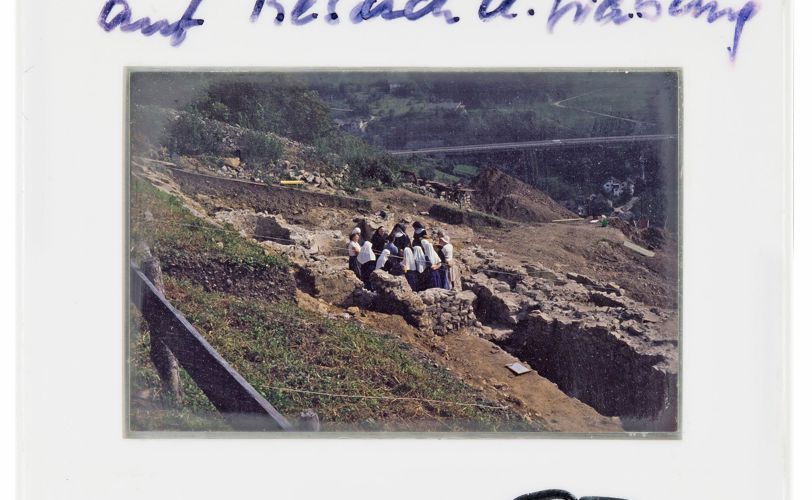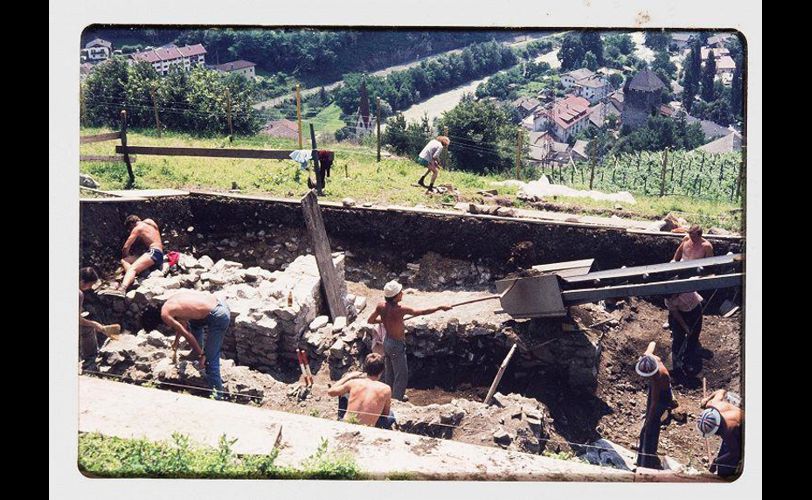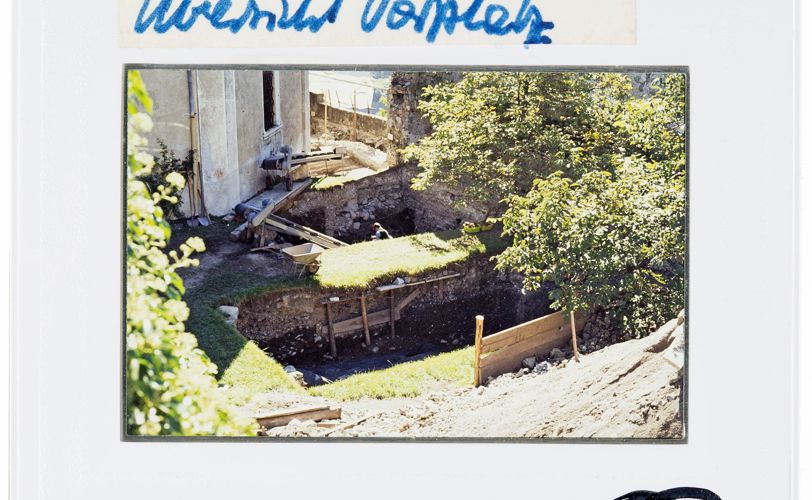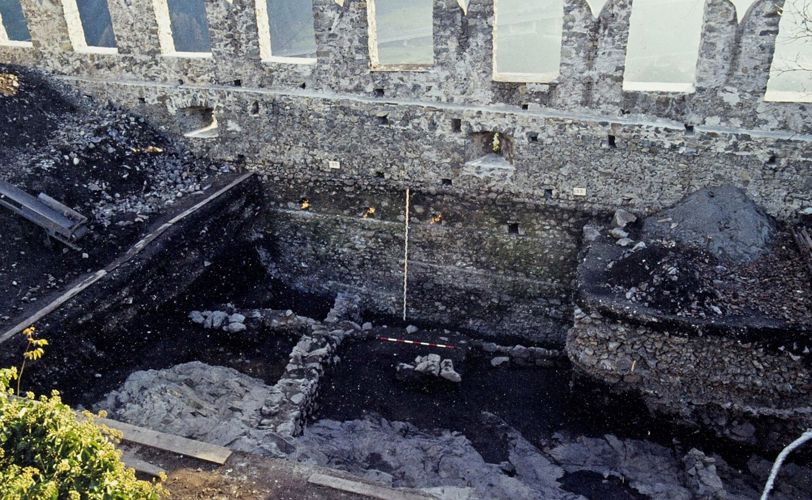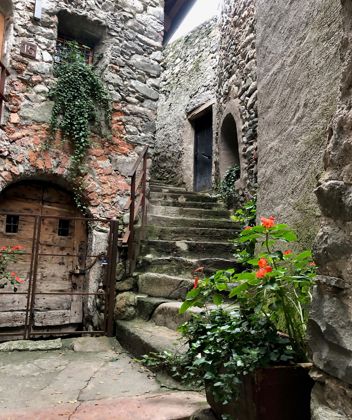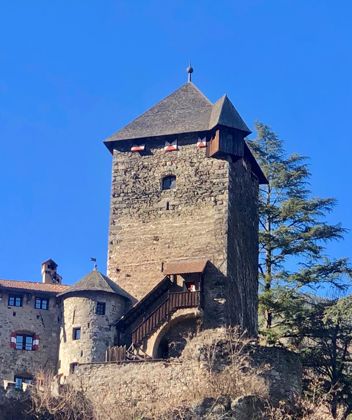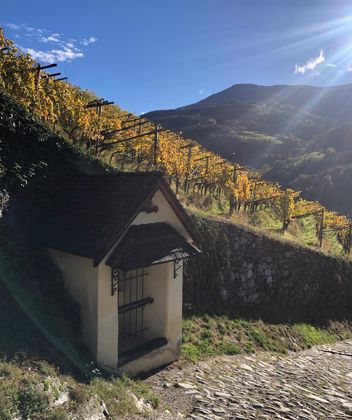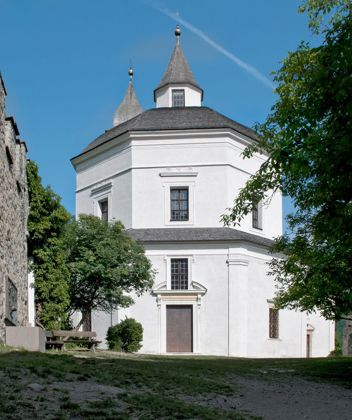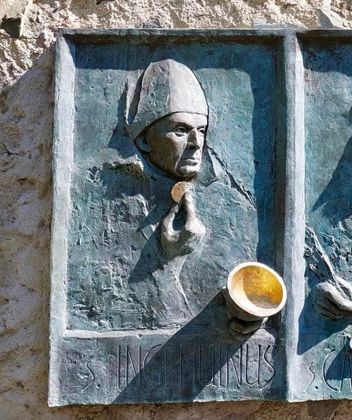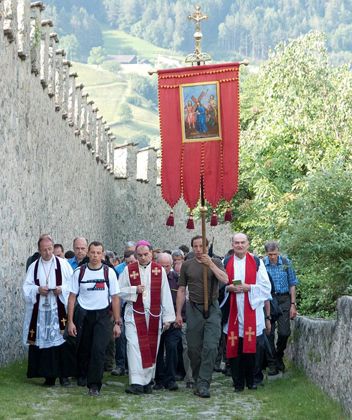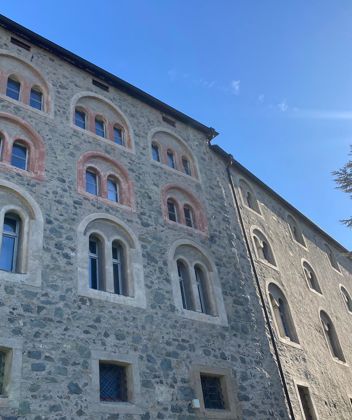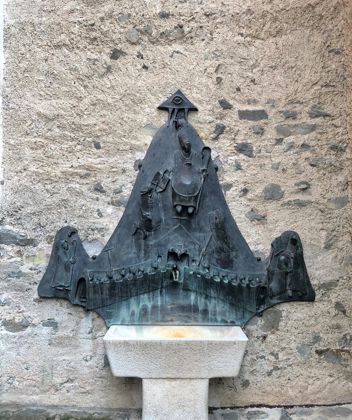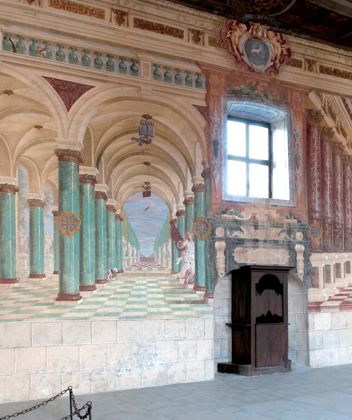To read along
04 Excavations
The “Cradle of Christianity” and an early historical mining centre
From 1978 to 1982, Säben was the site of extensive excavations under the direction of the University of Bonn. Graves had already come to light on the castle hill on various occasions in preceding years. As early as 1929, Adrian Egger, the pioneer of archaeology in South Tyrol, was able to prove the existence of the remains of an early church there and, in 1976, archaeologists from the University of Innsbruck succeeded in documenting a series of graves, most without grave goods. Excavations from 1978 onwards confirmed that Säben had been an important centre of early Christianity, both within and beyond the region.
The considerable number of early churches and the richness of the grave finds attest to the presence of a bishop’s court here until the 10th century. The court also included an area where, in addition to clerics, various craftsmen resided.
One surprising discovery was that of a very early iron ore smelting works on a slightly lower terrace, in the area of today’s Liebfrauenkirche (Church of Our Lady). This find is significant far beyond the borders of South Tyrol because it indicates that high-quality cast iron was produced here using a process that was very innovative for the time. This ironworks operated up to fifteen furnaces. The source of the iron ore to be smelted is still unknown, but the Bishops of Brixen, as successors to the Bishops of Säben, also played an active role in mining activities over the following centuries.
From 1978 to 1982, Säben was the site of extensive excavations under the direction of the University of Bonn. Graves had already come to light on the castle hill on various occasions in preceding years. As early as 1929, Adrian Egger, the pioneer of archaeology in South Tyrol, was able to prove the existence of the remains of an early church there and, in 1976, archaeologists from the University of Innsbruck succeeded in documenting a series of graves, most without grave goods. Excavations from 1978 onwards confirmed that Säben had been an important centre of early Christianity, both within and beyond the region.
The considerable number of early churches and the richness of the grave finds attest to the presence of a bishop’s court here until the 10th century. The court also included an area where, in addition to clerics, various craftsmen resided.
One surprising discovery was that of a very early iron ore smelting works on a slightly lower terrace, in the area of today’s Liebfrauenkirche (Church of Our Lady). This find is significant far beyond the borders of South Tyrol because it indicates that high-quality cast iron was produced here using a process that was very innovative for the time. This ironworks operated up to fifteen furnaces. The source of the iron ore to be smelted is still unknown, but the Bishops of Brixen, as successors to the Bishops of Säben, also played an active role in mining activities over the following centuries.

